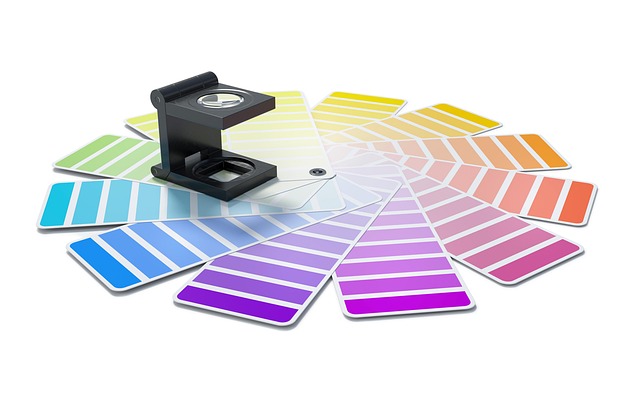Capturing Creativity: Art and Design Guidelines in Photography
Photography is more than just a hobby; it’s a dance between artistry and technicality. When you pick up a camera, you enter a realm where emotions intertwine with the raw elements of light, composition, and design. To fully harness this experience, having clear guidelines can transform your photographs from ordinary to extraordinary.
The Art of Photography
At its core, photography is about storytelling. Every picture you take is a narrative waiting to unfold. When capturing an image, consider what you want to convey. Are you aiming to draw out joy, solitude, or maybe even nostalgia? Your approach to lighting, color, and subject choice plays a pivotal role in crafting this story.
One significant guideline to remember is the importance of emotion. The best photographs often resonate on a deeper level, compelling viewers to connect with the image. Don’t hesitate to experiment with angles and perspectives. A fresh viewpoint can evoke feelings that might otherwise remain hidden. Look for moments in everyday life that speak volumes; they often make for the most potent images.
Design Principles
While art focuses on emotional expression, design is about structure and organization. Good photography relies on fundamental design principles to create engaging compositions. Consider concepts such as balance, contrast, and alignment. These elements guide the viewer’s eye and foster a cohesive image.
Guideline #1: Rule of Thirds – One of the core design principles is the rule of thirds. Imagine your frame divided into nine equal sections by two horizontal and two vertical lines. Placing points of interest along these lines or at their intersections helps create balanced and dynamic images. It’s a simple technique that can dramatically improve the effectiveness of your photography.
Guideline #2: Leading Lines – Utilize leading lines to guide the viewer’s focus toward the subject or through the frame. Roads, rivers, and architectural elements can all act as visual paths that draw attention, helping to enhance the depth of your images.
Colors and Textures
Color and texture are vital in both art and design. Colors evoke emotions and can define the mood of your photograph. Think about whether a soft pastel palette or bold, vivid colors align with the story you wish to tell.
Texture adds another layer of intrigue, creating interest and inviting viewers to feel more connected to the image. Capturing textures—be it the smoothness of a flower petal or the ruggedness of an old wall—offers richness to your photographs. Look for opportunities where texture amplifies the experience you want to share.
Post-Processing
The digital darkroom is where your creative vision can truly come to life. Post-processing is not just about rectifying mistakes; it’s a chance to enhance the story behind your image. Use editing tools to adjust exposure, contrast, and saturation effectively, adhering to your established guidelines of design. Remember, the aim is to enhance, not overpower. Subtle changes can lead to striking results.
Photography thrives at the intersection of art and design. By adhering to thoughtful guidelines, you can elevate your work and explore the depths of your creativity. With every click of the shutter, embrace the endless possibilities that await and allow your passion for photography to flourish.




